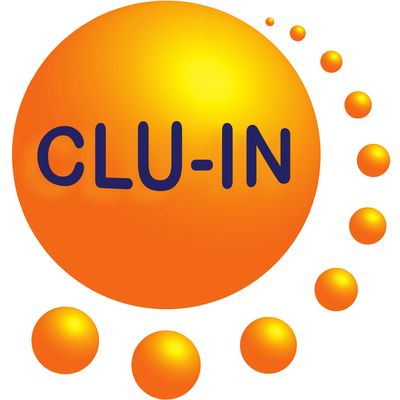Since 1998, The Contaminated Site Clean-Up Information (CLU-IN) website has presented Internet Seminars covering a wide variety of technical topics related to hazardous waste characterization, monitoring, and remediation. For each seminar topic, we have selected the highest-quality offering for placement in our archives. Beginning in May 2005, we began offering these archives via podcast, and this feed contains all seminars archived in the last 6 months. For a complete list of seminars archived since 2000 and videos of selected seminars archived since 2012, please visit http://clu-in.org/live/archive/. Our Rehabilitation Act Notice for reasonable accommodation is available at http://clu-in.org/training/accommodation.cfm. CLU-IN was developed by the U.S. Environmental Protection Agency (EPA) but is intended as a forum for all waste remediation stakeholders. For more information and to view upcoming live offerings, please visit http://clu-in.org/live/. For a complete list of RSS feeds available on CLU-IN, please visit http://clu-in.org/rss/about/.
http://www.clu-in.org/live/archive
Slides for "TPH Risk Evaluation at Petroleum-Contaminated Sites," Feb 21, 2019
Remediation at petroleum release sites is often infeasible for technical or cost reasons. Many of these sites could be depleted in typical indicator compounds, such as BTEXN, but still heavily contaminated in terms of Total Petroleum Hydrocarbons (TPH). The traditional indicator compound approach for managing petroleum contaminants may not fully identify short- and long-term potential environmental concerns, can create delays in project schedules and cost overages for sub-surface utility work or redevelopment. It is important to consider a comprehensive cumulative risk-based approach to more effectively incorporate TPH data in addition to traditional BTEXN data for cleanup and long-term management decisions. The basis for this training course is the ITRC guidance: TPH Risk Evaluation at Petroleum-Contaminated Sites (TPHRisk-1, 2018). The guidance builds on long-standing and current research and experience, and presents the current science for evaluating TPH risk at petroleum-contaminated sites. The methods and procedures to evaluate human and ecological risk and establish cleanup requirements in the various media at petroleum release sites will assist decision makers in developing and implementing a technically defensible approach. In addition, the guidance provides information and supplemental references to assist practitioners and project managers in the assessment of fate, transport, exposure, and toxicity of TPH. The guidance users will also gain information that may be used in conjunction with classic tiered approaches for risk-based decision making (ASTM 2015b, ITRC Risk 3 2015), including modifications in the assessment and remedial-decision and regulatory framework for TPH impacts through direct comparison to screening levels, site-specific modification of screening levels, and complete site-specific risk assessment for sources, receptors, and pathways, where appropriate. The target audience for this guidance and training course is: Regulators and Program Managers interested in knowing how site management decisions can influence the TPH risk evaluation process. Risk assessors new to TPH data or those who want additional knowledge and training in the current methods and common practices for collecting and using TPH data in assessments to more accurately determine human health and/or ecological risks at petroleum-contaminated sites. Stakeholders who are either engaged in redevelopment at former petroleum release sites or folks who are involved in community engagement and revitalization activities. As a participant in this training you should learn to:Recognize the ITRC document as a go-to resource for evaluating TPH risk at petroleum-contaminated sites Recognize how TPH -impacted media interacts with the environment and changes over time Select appropriate analytic method(s) to match site objectives Apply the decision framework to determine when a site-specific target level may be more appropriate than a generic screening level for TPHTraining participants are encouraged to view the associated ITRC guidance, TPH Risk Evaluation at Petroleum-Contaminated Sites (TPHRisk-1, 2018) prior to attending the class.
